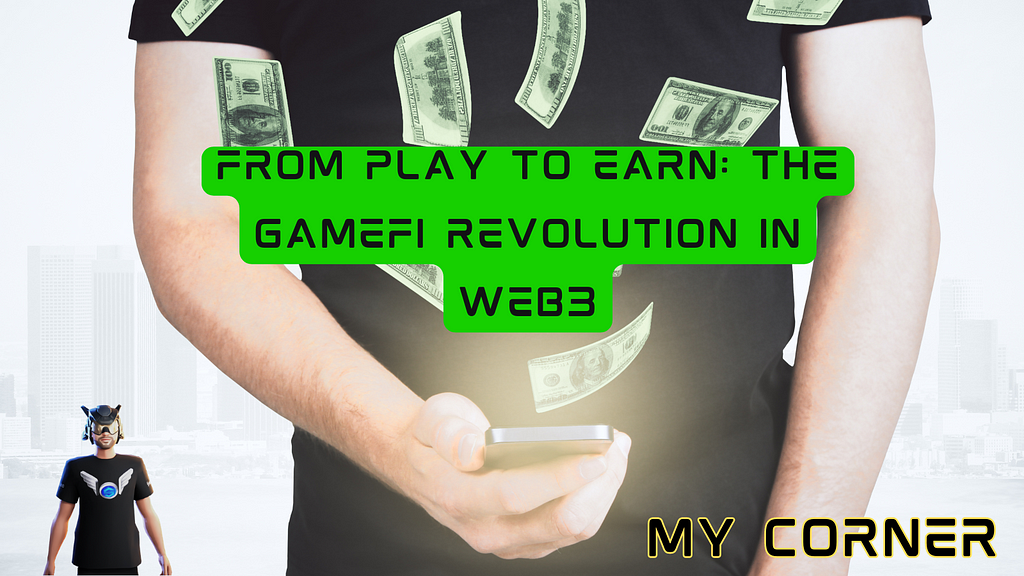From Play to Earn: The GameFi Revolution in Web3

The intersection between video games and finance has created a revolutionary new concept: GameFi, a combination of “gaming” and “finance.” GameFi is emerging as one of the most exciting trends in the Web3 economy, utilizing blockchain to offer new income opportunities for players, developers, and communities. But what exactly is GameFi, and why is it gaining so much interest today?
What is GameFi?In simple terms, GameFi refers to blockchain-based games that offer financial incentives to players. They use technologies like NFTs (non-fungible tokens) and cryptocurrencies to allow users to earn digital assets while playing. This goes beyond entertainment, turning the time invested into something valuable through the play-to-earn (P2E) concept.
A key aspect of GameFi is that players have true ownership of the assets they earn or purchase in the game, as these are recorded on the blockchain. This creates a new dynamic where game assets can be traded in open markets or hold value outside the game environment.
Statistics Supporting the Growth of GameFiThe future of GameFi is as bright as the statistics suggest. A recent report from DappRadar estimates that the GameFi market will reach a value of $50 billion by 2025, with a compound annual growth rate (CAGR) of over 100% since 2020. Blockchain games account for 49% of all blockchain activity, showing that the ecosystem is advancing by leaps and bounds.
A study by Messari also points out that more than 1.4 million active wallets interact with blockchain games daily, reflecting rapid and continuous adoption. As more developers integrate sustainable economic models and long-term rewards, future growth seems assured.
GameFi Examples in UplandUpland, one of the most popular games in the blockchain ecosystem, has positioned itself as a great example of how GameFi works in Web3. Upland allows players to buy, sell, and trade virtual real estate using the native UPX token. Players can build properties, create value, and sell them on the market for cryptocurrencies or real-world assets.
In addition, Upland is implementing Play-to-Earn mechanics, such as the ability to rent properties or receive passive income by owning certain types of assets, allowing players to generate continuous income within the game. Upland is also integrating the Sparklet token, which offers even more financial functionality for players as they interact with the platform.
Another aspect of Upland’s integration into GameFi is its focus on community collaboration through metaventures and the possibility of creating self-sustaining economic activity nodes. These examples show how Upland offers a solid ecosystem and a successful case in the GameFi space.
Long-Term Prospects for GameFiThe future of GameFi looks promising not only because of current interest but also because of its potential to transform entire economies. Some long-term projections suggest that by 2030, the global blockchain gaming economy could integrate over a billion players, with major development studios getting involved in this new paradigm.
The potential of GameFi lies in its ability to create a self-sustaining digital economic system, where players, creators, and developers participate in a circular economy. As more games adopt a digital ownership model, they can generate more value for their users, ensuring their relevance in the Web3 landscape.
ConclusionGameFi is changing the traditional concept of video games, and its future is full of opportunities for both players and investors. Upland has proven to be a leader in this space, combining entertainment with real economic opportunities. With the rise of Web3 and the continued expansion of blockchain-based gaming platforms, GameFi is poised to play a crucial role in the future of the digital economy.
From Play to Earn: The GameFi Revolution in Web3 was originally published in Coinmonks on Medium, where people are continuing the conversation by highlighting and responding to this story.
